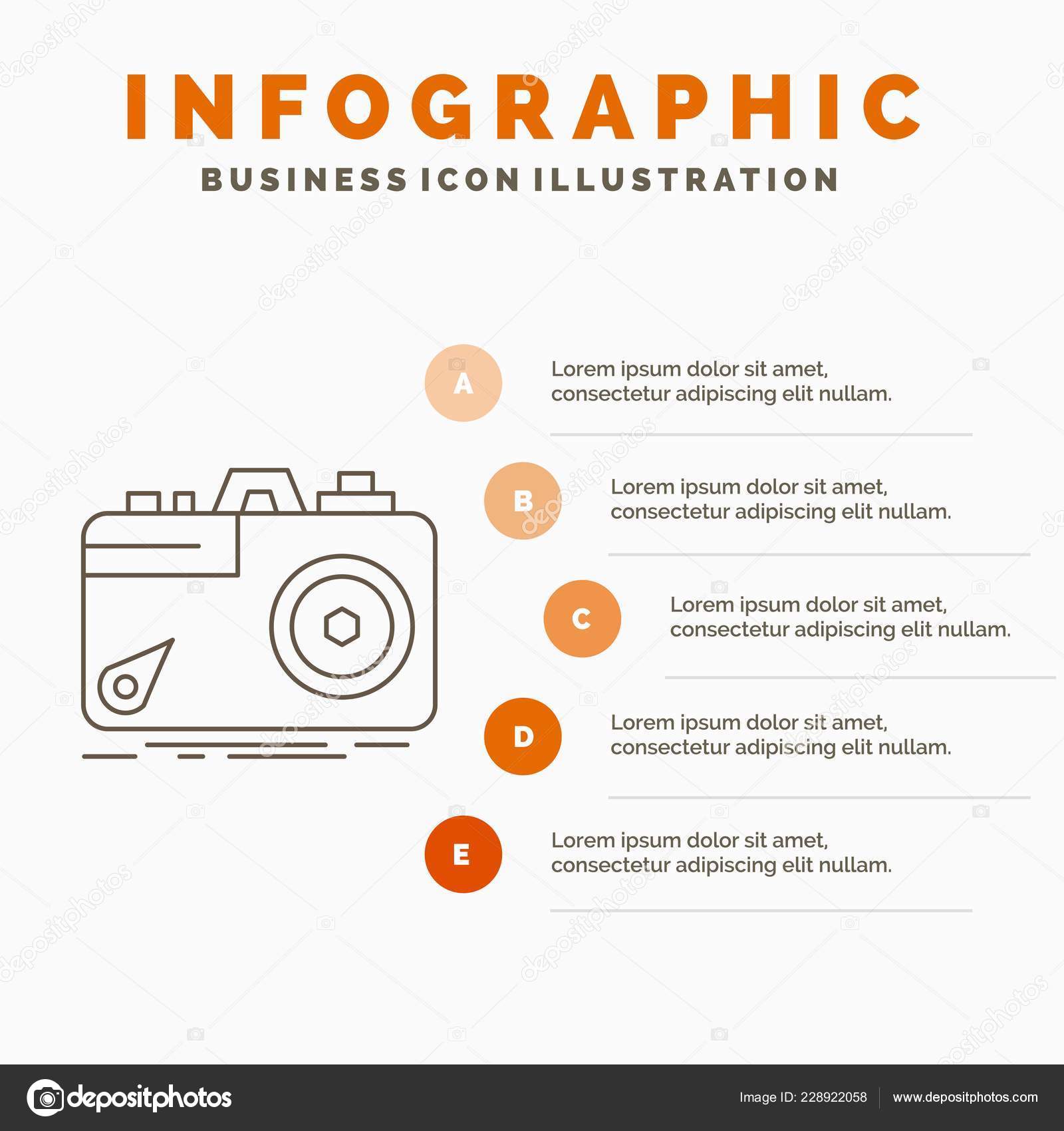Important Missteps To Bypass When Taking Photos Of Homes
Important Missteps To Bypass When Taking Photos Of Homes
Blog Article
Web Content Created By-Rasch Conrad
When photographing homes, remember to steer clear of common mistakes that can hinder the presentation of the property. Incorrect lights, cluttered rooms, and disregarding composition can all weaken the aesthetic charm of your pictures. By bearing in mind these mistakes, you can elevate the quality of your pictures and showcase homes in their finest light. Nonetheless, there's one important aspect that frequently gets forgotten, and understanding this can really make a difference in the final end result of your realty digital photography.
Improper Lights Techniques
When photographing homes, one of one of the most critical facets to consider appertains lighting methods. Appropriate lighting can absolutely make or break the appeal of a home in images. Natural light is your best friend - see to it to open up drapes, blinds, and activate all lights to illuminate the area. Stay clear of extreme shadows by using diffusers or adjusting the angle of your light source.
Experiment with various times of the day to discover the best natural lights for each and every room. In rooms with bad all-natural light, supplement with synthetic lights strategically positioned to get rid of dark edges. Be mindful of the color temperature of your source of lights to guarantee a regular and welcoming environment throughout the home.
Chaotic and Untidy Spaces
In the middle of the art of photographing homes, confronting chaotic and untidy rooms postures a considerable obstacle. When recording images of homes, it's vital to guarantee that the areas are without clutter and mess. An unpleasant room can sidetrack from the beauty of the space and make it show up smaller sized and much less welcoming in pictures.
To tackle this issue, start by decluttering the location you intend to photo. Remove any kind of unneeded things, such as spread toys, stacks of papers, or personal items. Clear kitchen counters, organize racks, and make the bed to develop a spick-and-span atmosphere. This will not only make the area look more aesthetically attractive yet also provide audiences a much better sense of the area's capacity.
Additionally, take notice of details like open cabinets, overflowing trash cans, or tangled cables, as these can interfere with the overall appeal of the image.
Ignoring Make-up and Angles
Challenging cluttered and untidy areas is just the start when it concerns photographing homes. One more important aspect that's typically overlooked is the composition and angles of your shots. Ignoring make-up can lead to plain and dull pictures that fail to showcase the true beauty of a home. When taking pictures, think about the regulation of thirds to produce a visually appealing make-up. Area key elements like furnishings or architectural details along these lines to add balance and interest to your images.
see here now play a considerable function in how an area is viewed via digital photography. Prevent shooting from eye degree as this can make rooms appear smaller sized and much less inviting. Instead, trying out different angles such as capturing from a corner to record the deepness and measurement of an area.
Do not hesitate to get imaginative and try one-of-a-kind viewpoints to highlight the very best attributes of a home. Remember, structure and angles can make or break a photograph, so make the effort to frame your shots thoughtfully for sensational home photos.
Verdict
To ensure your home pictures attract attention and bring in prospective customers, prevent these typical errors: use appropriate lighting strategies to boost the room, declutter and organize to display the home's finest features, and focus on composition and angles for aesthetically appealing shots. By staying clear of these challenges, you can record the true significance and capacity of the building, making it a lot more luring to possible purchasers.
